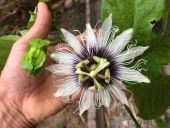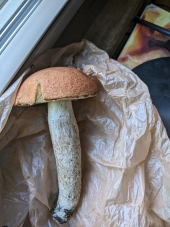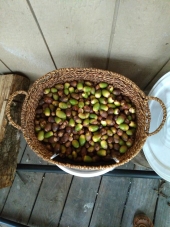This summer I harvested over 60kg of northern red oak, I've already made maybe a kilo of tasty flour by cold leaching in a mason jar, where you grind the nuts and fill with water and change the water every twelve to 24 hours.
But I'd like to imagine a larger scale operation, where I could pay the people who are already picking nuts for nurseries to give me a portion of their harvests so I can produce larger volumes. I think the key to this will be to have a degree of automatisation.
Nut sorting is an interesting challenge, you have to filter out the bad nuts and then sort the good ones by size. A black walnut producer in my region uses a magic eye for this, but thats pretty expensive. Either I convince him to let me hitchhike on his operation or I use the method I've been using now, where I drop the acorns in water, discard the floaters then visually inspect all the others. It's not too hard and it can be done in front of the tv.
Nut drying is pretty easy, you just need the space to lay them all out and a fan.
Nut cracking is already a solved problem and acorns are much easier to crack then walnuts, though I'll have to find an affordable machine, something like the davebilt should do, if I can find one.
Nut leaching is the longest part. It took me a little longer than two weeks to leach my red oaks (though burr oak can take as little as 3 days). You have to change the water every day, that could be harder with bigger volumes. You also have to keep it cold lest it ferments.
My current idea is to build some kind of vat with a pre-filter at the base, to keep the acorn meat in, and a tannin filter underneath to clean the water, the clean water is then pumped through a refrigerator and finally pumped back onto the acorns. Maybe the acorn vat has an agitator to make sure every surface is exposed to water.
I'm planning to work on a proof of concept this winter, but I'd be interested in hearing any advice, ideas, or if you know of any machines that already do this.







